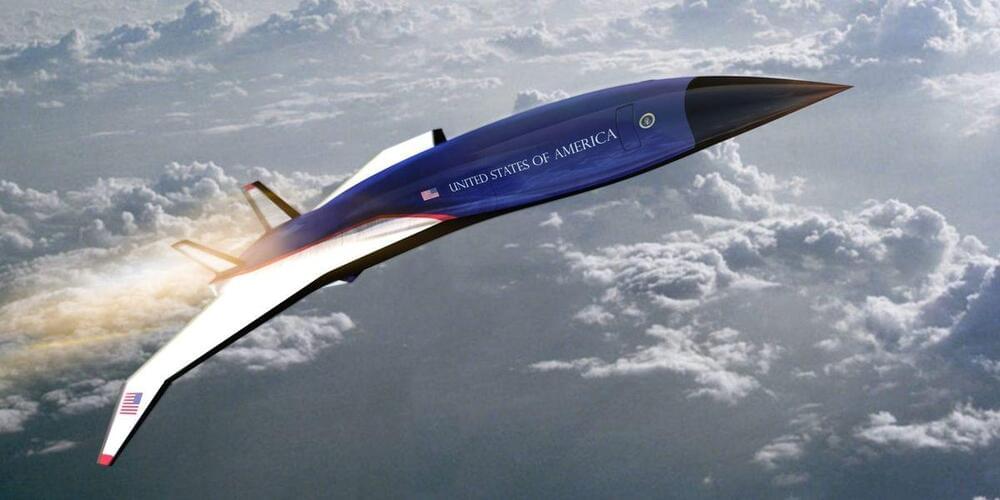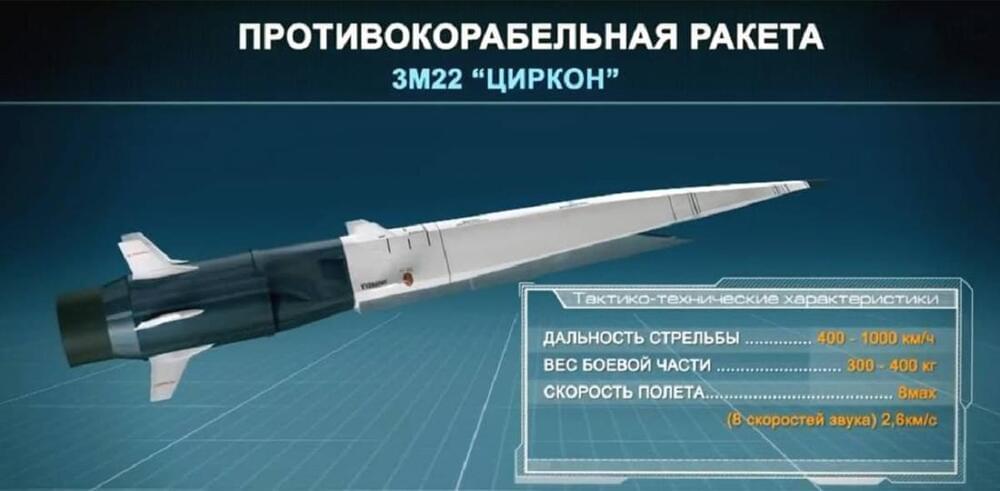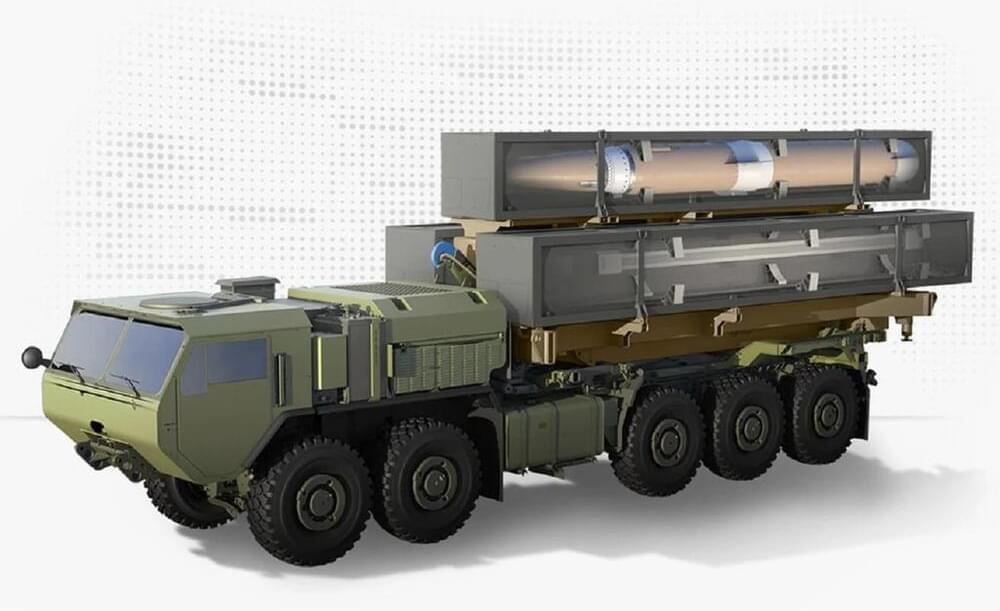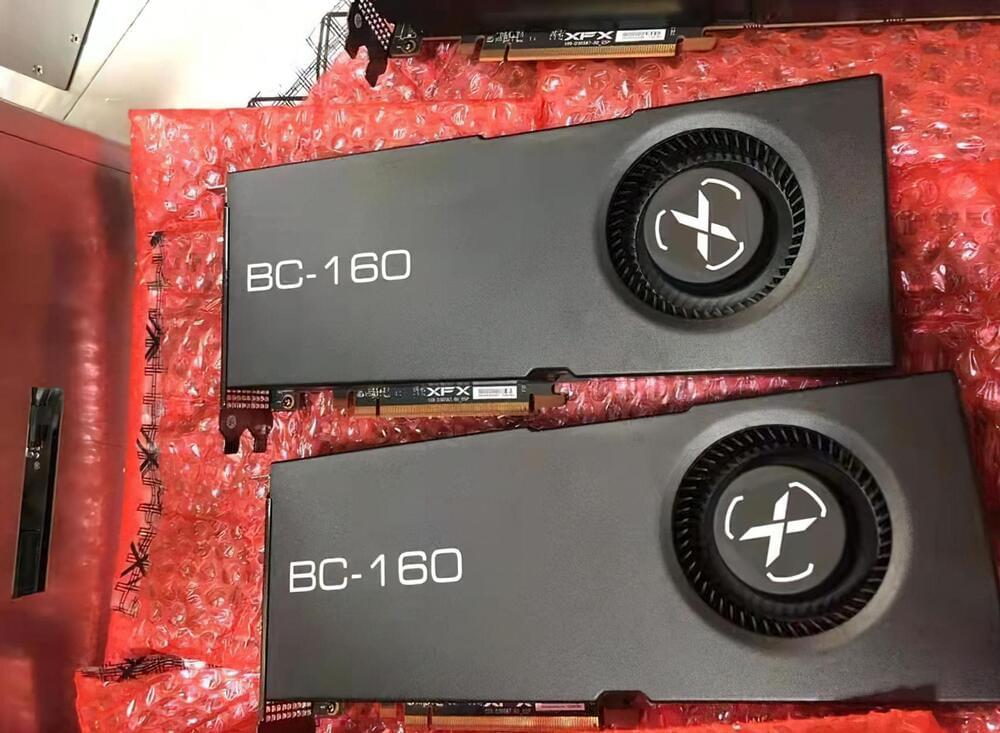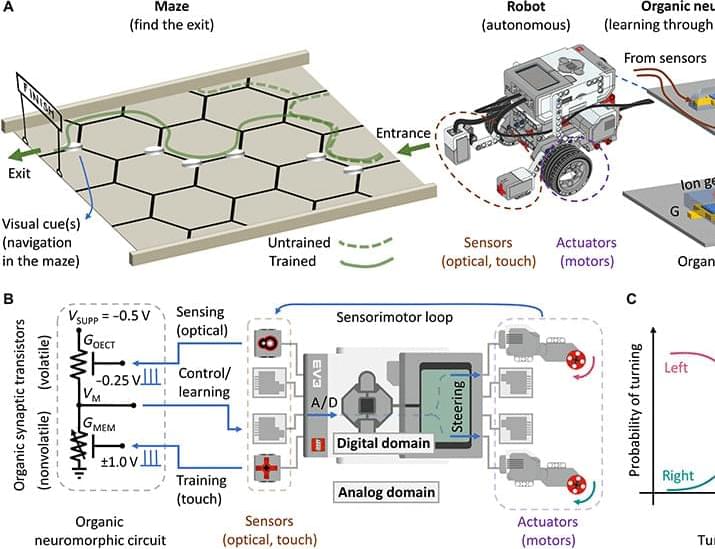For centuries, great thinkers have struggled to understand how people represent a personal identity that changes over time. Insight may come from a basic principle of perception: as objects become distant, they also become less discriminable or “compressed.” In Studies 1–3, we demonstrate that people’s ratings of their own personality become increasingly less differentiated as they consider more distant past and future selves. In Study 4, we found neural evidence that the brain compresses self-representations with time as well. When we peer out a window, objects close to us are in clear view, whereas distant objects are hard to tell apart. We provide evidence that self-perception may operate similarly, with the nuance of distant selves increasingly harder to perceive.
A basic principle of perception is that as objects increase in distance from an observer, they also become logarithmically compressed in perception (i.e., not differentiated from one another), making them hard to distinguish. Could this basic principle apply to perhaps our most meaningful mental representation: our own sense of self? Here, we report four studies that suggest selves are increasingly non-discriminable with temporal distance from the present as well. In Studies 1 through 3, participants made trait ratings across various time points in the past and future. We found that participants compressed their past and future selves, relative to their present self. This effect was preferential to the self and could not be explained by the alternative possibility that individuals simply perceive arbitrary self-change with time irrespective of temporal distance.

